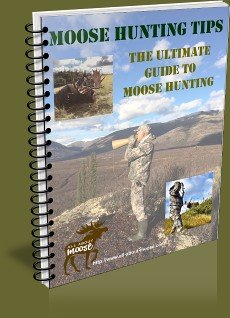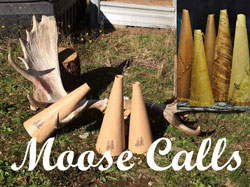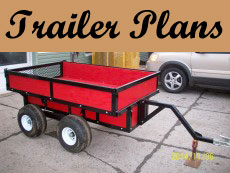
Running Moose Track
by Carl Kozak
(Hayward WI USA)
If one crosses a running moose track, why is it running and how far do they generally run?
Elk typically run for miles. Carl
Carl,
I have come across many running moose tracks and have pondered this myself. I have formulated the following conclusions:
Moose, generally do not run unless they have been startled or pursued. Human or predator presence can be enough to start a moose running. Moose are like any animal, sometimes all it will take is the smell or noise from the perceived threat to set them off.
I have observed moose trotting across meadows for no apparent reason other than to get to the other side. Likely to lessen their exposure to the wide open space.
If pursued or startled moose can and will run for miles as well, similar to elk.
A moose will run if startled similar to any ungulate and will only return to a walking pace once the danger has passed. How far will they run? This depends on the level of threat, perceived or real.
I hope this helps and thank you for the question,
Mark
Comments for Running Moose Track
|
||
|
||
|
||
|
||
|
||
|
Click here to add your own comments Join in and write your own page! It's easy to do. How? Simply click here to return to Ask An Expert. |
Want to learn how to hunt moose? Or are you wanting to increase your moose hunting skills?
Look no further!
Our moose hunting tips book is written with
not just the novice in mind, there are tips in the book that even the
most seasoned moose hunter will find of value.
The book includes 57 chapters, with more than 150 pages of information, jam packed with tips, techniques and discussions - The Ultimate Guide to Moose Hunting!
And don't forget to order one of our Fiberglass Moose Calls. In stock and ready to ship.






